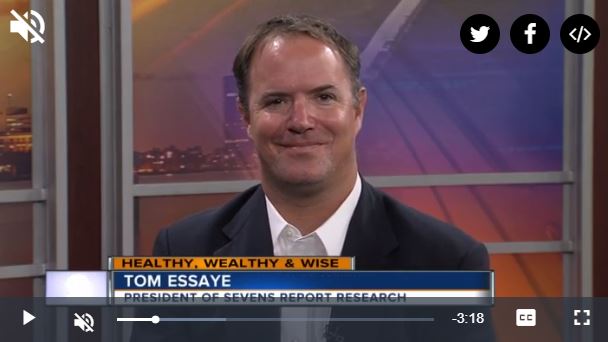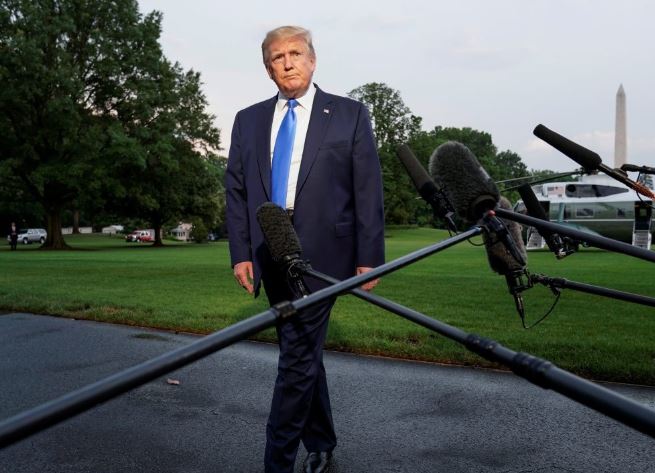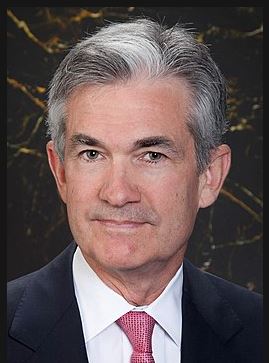Market Scenario Update (Good/Bad/Ugly)
What’s in Today’s Report:
- How Good Was Last Week? (Good/Bad/Ugly Scenario Update)
It is a risk-on morning with U.S. stock futures tracking international equity markets higher after China announced a new wave of stimulus measures overnight.
The PBOC explained that the program would support infrastructure investment through special bond issuance which helped mainland China shares rally 2.6% on the session.
Economically, the NFIB Small Business Optimism Index was 105.0 vs. (E) 102.0. in May despite the elevated trade tensions, which helped S&P futures extend pre-market gains during the last hour.
Today, the calendar is relatively quiet although there is one inflation figure due out ahead of the open: PPI (E: 0.1%) and even though it is a lesser followed report, a “hot” print could still cause an uptick in volatility after the melt up we have seen over the last week.
There are no Fed officials scheduled to speak today which will leave investors looking for any further updates on the trade war, but even though the market is near-term overbought, no news is good news as sentiment is very positive and momentum alone could help stocks continue higher today.




